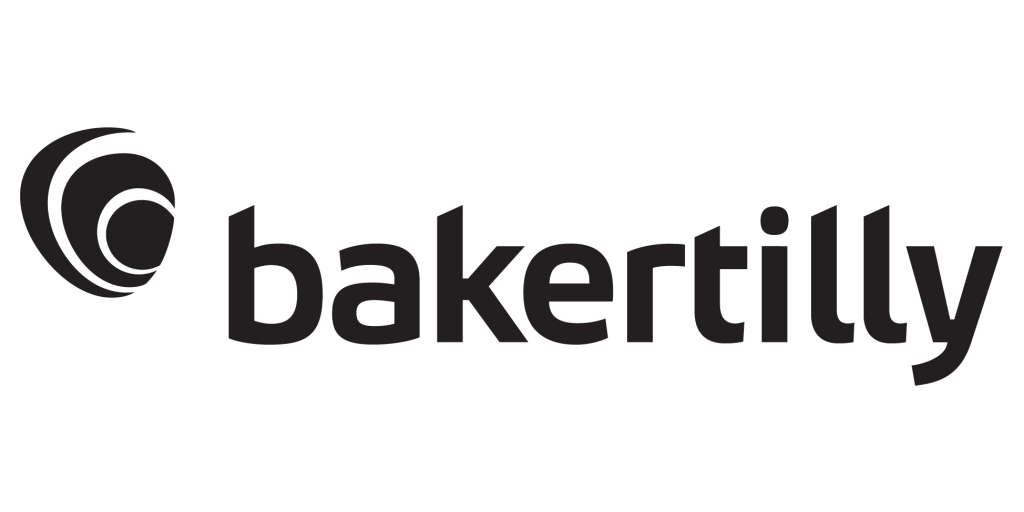Growing Stewardship Through Adaptive Data Governance

Authored by Baker Tilly’s Nathan Olson
Growing stewardship through adaptive data governance
For many organizations, data governance evokes a familiar image: rigid policies, centralized control and compliance-heavy processes that are hard to implement and even harder to maintain. Traditional approaches often collapse under their own weight — too prescriptive to be useful, too inflexible to keep pace with business needs.
But governance doesn’t have to be a bureaucratic burden. Like a well-tended garden, adaptive governance can be dynamic, responsive and tailored to its environment. When nurtured with care and intention, it can enable collaboration, foster stewardship and grow trust across the organization.
The problem with traditional governance
At its worst, data governance becomes a blocker rather than an enabler. Well-meaning frameworks are either over-applied to every corner of the business or bypassed entirely when they don’t fit the needs. Teams work around governance when it’s perceived as overhead — something to “get through” rather than something that helps them do better work.
This disconnect creates a critical opportunity: to reimagine governance not as a one-size-fits-all program, but as something that grows and evolves with the needs of the organization.
What is cultivated data governance?
Cultivated data governance is a living model — adaptive, incremental and grounded in the context of your business. It starts small and grows deliberately, focusing on impact over enforcement. Instead of imposing controls from the top down, cultivated governance focuses on enabling teams with the right level of support, clarity and care.
It’s a model that prizes flexibility and sustainability over rigid adherence. It invites stewards, not enforcers, and it meets data users where they are, aligning with how they work today and where they’re headed next.
Governance as gardening
To communicate this model effectively, we apply a garden metaphor that bridges technical and non-technical perspectives:
- Soil: Your organizational culture and data readiness. Governance thrives in healthy environments with trust, literacy and shared accountability.
- Seeds: The foundational practices: business glossaries, ownership models, access policies. You plant what you want to grow.
- Watering: Stewardship and enablement. Governance grows when it’s nurtured with training, support and time.
- Pruning: Sunsetting stale policies and assets. Removing what no longer serves helps everything else thrive.
- Fertilizer: Tools, automation and process improvements that enrich and accelerate good governance.
- Gardeners: Your data stewards and team champions. The people closest to the data play a key role in shaping its use.
- Garden beds: Governance zones, tailored to different needs across the organization.
The four levels of cultivation
Not all data needs the same level of oversight. By mapping different governance “zones” to natural environments, organizations can better apply the right level of care based on the use case:
- Wild meadow: A space for experimentation and exploration. Think data science, trend analysis and sandbox environments. Minimal governance by design, but clearly bounded.
- Community plot: Shared spaces with light guidance and collaboration. These might include team dashboards or semi-structured data used within a function.
- Tended bed: Trusted, curated assets maintained by governance teams or stewards. Examples include certified data products and enterprise dashboards.
- Walled garden: Highly sensitive or regulated data — PII, HIPAA-protected information or proprietary IP. These areas require strict access controls and clear auditability.
Instead of treating all data equally, cultivated governance adapts to the data’s risk profile, business value and intended use.
How to cultivate governance in practice
Putting this model into action requires intention and patience. Like any garden, governance doesn’t grow overnight. It takes the right conditions, the right people and the willingness to start small:
- Start where there's natural buy-in: Look for teams already invested in data quality or self-service analytics
- Pilot with a single domain: Prove value through targeted, high-impact efforts before scaling broadly
- Align with agile and product delivery models: Governance can slot into existing sprints, backlogs and rituals — no heavy lift required
- Emphasize recurring habits: Light, repeatable check-ins are more effective than one-time rollouts
- Invest in stewards and culture, not just tools: Software can support governance, but it’s your people who sustain it
Why it works
Cultivated governance is more scalable, adaptable and human-centered than traditional models. It builds trust by aligning with how people actually work, and by focusing on value, not just control.
It also empowers data stewards to take ownership, reducing friction between business and IT. And because it evolves in step with your organization, it supports both innovation and compliance rather than forcing you to choose one or the other.
How we can help
At Baker Tilly, we help organizations design and implement data governance programs that are fit for purpose — structured where necessary, flexible where possible and always grounded in business value.
Our experienced team can support you with:
- Governance strategy and design: Build a tailored governance model aligned to your data landscape, organizational culture and risk profile
- Stewardship enablement: Identify and empower data stewards with the tools, training and support they need to succeed
- Governance in agile and product environments: Integrate governance seamlessly into data product development and agile delivery cycles
- Tool selection and implementation: Evaluate and implement the right technology (e.g., data catalogs, lineage, access control) to support scalable governance
- Change management and adoption: Drive adoption through education, communication and ongoing engagement – because governance is only effective when it's used
Whether you’re just getting started or looking to evolve an existing program, we will meet you where you are and help you grow from there.
Connect with a Baker Tilly specialist to learn more

